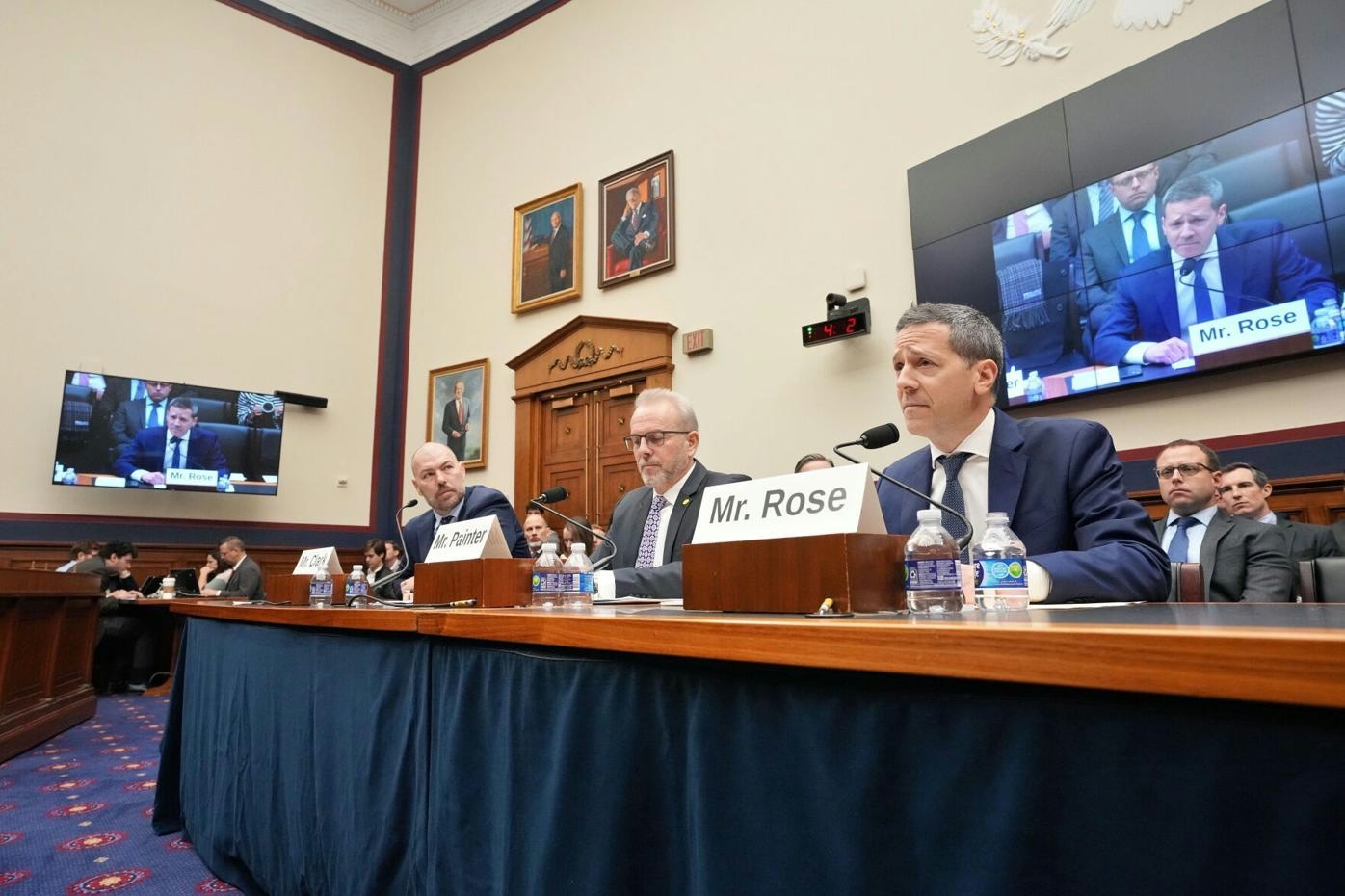
AeroGenie — Your Intelligent Copilot.
Trending
Categories
Aena, Alaska Airlines, VIE, GRR, and Synaptic Aviation Share Insights on Innovation

Aena, Alaska Airlines, VIE, GRR, and Synaptic Aviation Share Insights on Innovation
Innovation within the aviation sector extends beyond the mere generation of ideas; it demands a clear, structured, and actionable strategy. As industry leaders prepare for FTE Global—the aviation equivalent of CES—scheduled to take place in Long Beach, California, from 9 to 11 September 2025, executives from Aena, Alaska Airlines, Vienna Airport (VIE), Gerald R. Ford International Airport (GRR), and Synaptic Aviation are offering valuable insights drawn from their experiences in driving innovation.
Aena: A Structured Approach to Innovation and Pilot Testing
Aena, under the leadership of Pablo Lopez Loeches, Head of Ideation & Entrepreneurship, has implemented a comprehensive innovation funnel that sources proposals from a wide array of contributors, including internal teams, external partners, startups, and various business units. These ideas undergo rigorous filtering based on strategic criteria before advancing to a Proof of Concept phase. This phase is designed to require minimal resources while enabling the airport operator to evaluate both the technical feasibility and economic viability of proposed solutions.
Loeches explains that when results from pilot tests prove promising, Aena scales these solutions across its airport network. This methodology allows the organization to prioritize initiatives with the highest potential impact and to deploy them rapidly. Central to Aena’s innovation strategy is pilot testing, which validates new technologies within real yet controlled environments. According to Loeches, this approach yields multiple benefits, including confirming feasibility, mitigating risks and costs, gathering actionable feedback, and fostering a culture of co-creation.
Aena’s experience further underscores the importance of early involvement from operational business units. Loeches emphasizes that when these teams participate from the outset, both the design and adoption of solutions improve significantly, while the overall innovation culture within the organization is strengthened. This collaborative framework transforms innovation into a shared and sustainable endeavor.
In 2020, Aena established a cross-functional Directorate of Innovation, Sustainability, and Customer Experience, embedding these pillars at the strategic core of the organization. The company’s Strategic Innovation and Digital Transformation Plan delineates key initiatives and technologies, organized into three principal programs: ‘Passenger to Customer’, ‘Efficient Resource Use’, and ‘Beyond the Airport’. Despite these advances, Aena continues to face challenges such as navigating regulatory changes and sustaining infrastructure investments, factors that influence the pace and direction of its innovation efforts.
Industry-Wide Perspectives and Challenges
Other aviation leaders confront their own distinct challenges. Alaska Airlines, represented by Nicole Hodges-Austin, Innovation Program Manager, grapples with intense market competition and the need for operational adjustments as it pursues new initiatives. Vienna Airport (VIE) and Gerald R. Ford International Airport (GRR), led by Thomas Dworschak and Tom Cizauskas respectively, operate within environments characterized by market volatility and regulatory scrutiny, necessitating agile responses to evolving conditions.
For Synaptic Aviation, Justin Kester, Vice President of Global Sales, highlights the complexities involved in technological integration and securing market acceptance. As these organizations advance their innovation agendas, they must also anticipate diverse market reactions and competitor strategies, which may include forming strategic partnerships or launching new innovation initiatives.
Looking Ahead
As these aviation leaders prepare to present their “Pilot Stories” at FTE Global, their collective experiences emphasize that successful innovation hinges as much on effective execution and adaptability as on creativity. Navigating regulatory frameworks, market dynamics, and internal alignment remains essential as the aviation industry continues to evolve.

BOC Aviation Completes Sale-Leaseback Deal with Philippine Airlines
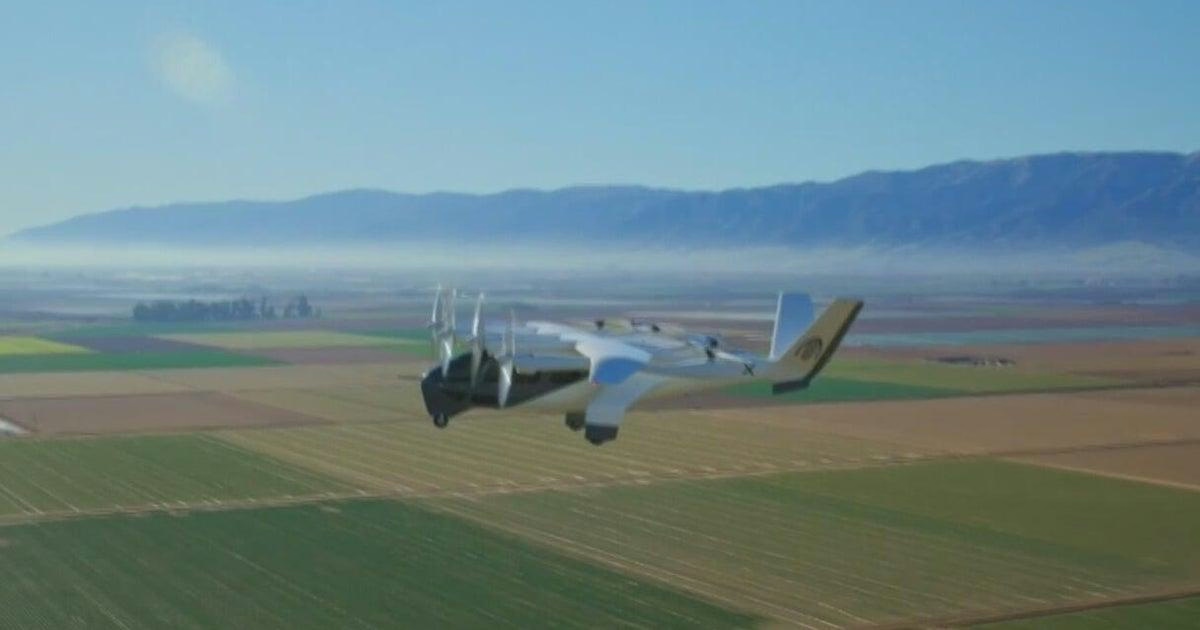
Air taxis promise relief from Miami’s worsening traffic
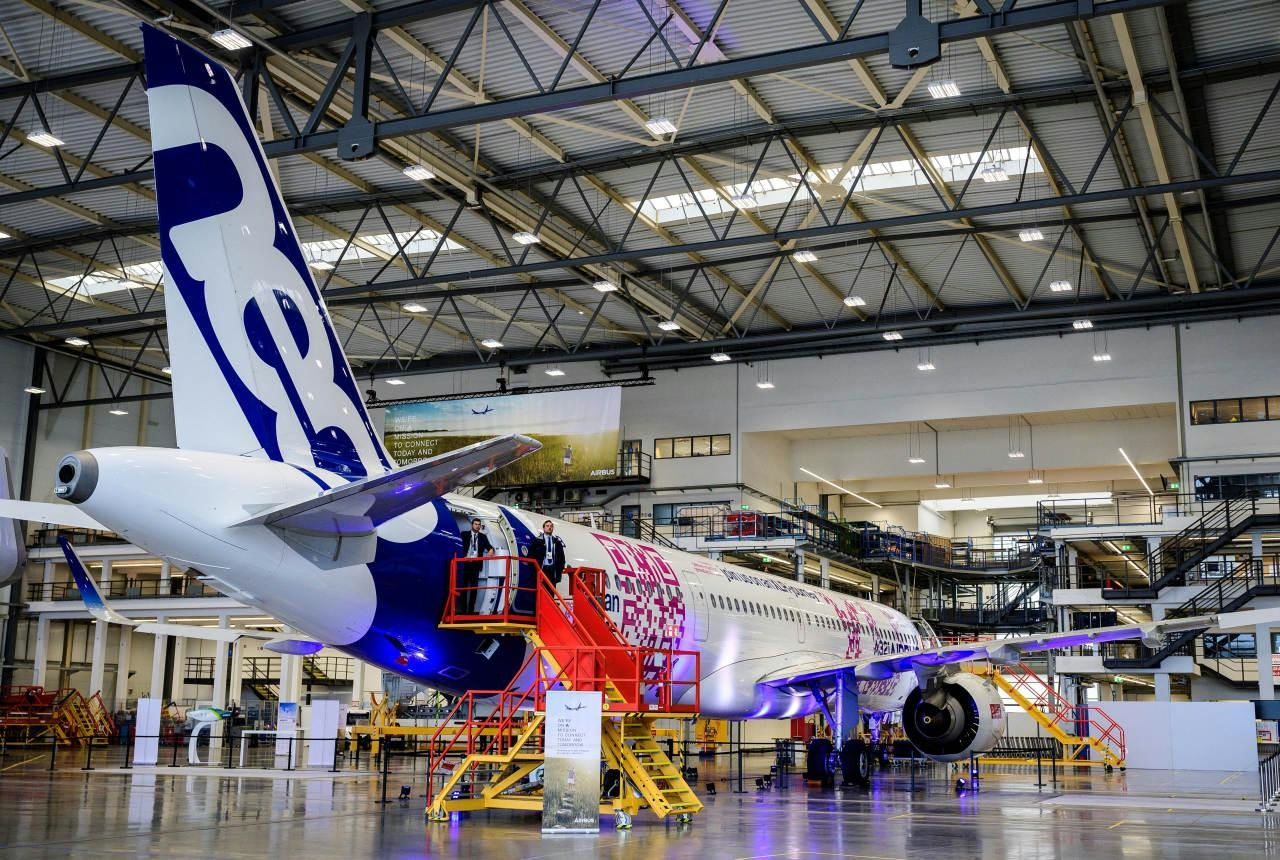
Philippine Airlines Orders Five Airbus A320s in $490 Million Deal
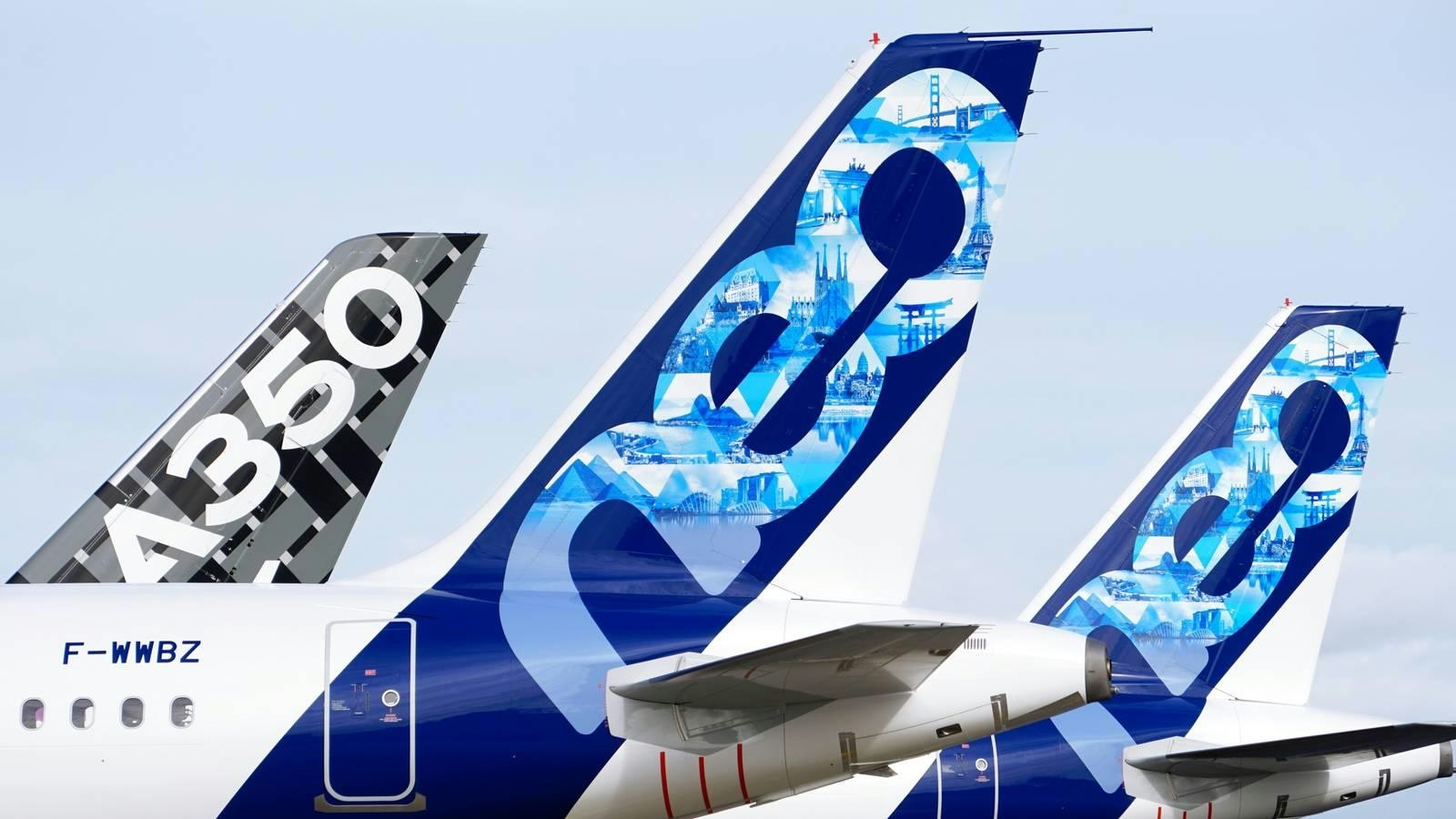
Airbus Lowers Annual Delivery Forecast
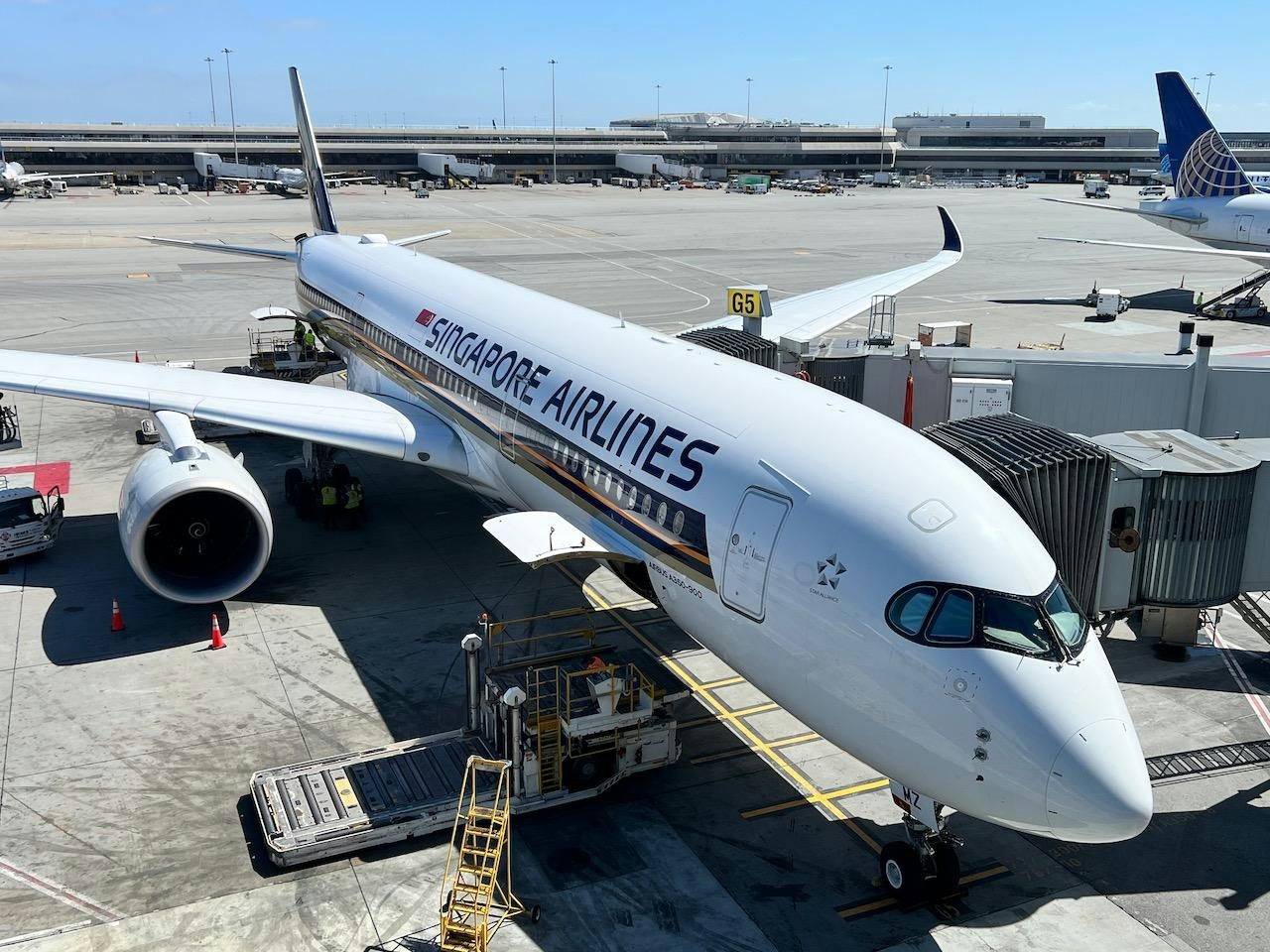
Base Maintenance Malaysia Conducts First Heavy Check on Singapore Airlines Airbus A350
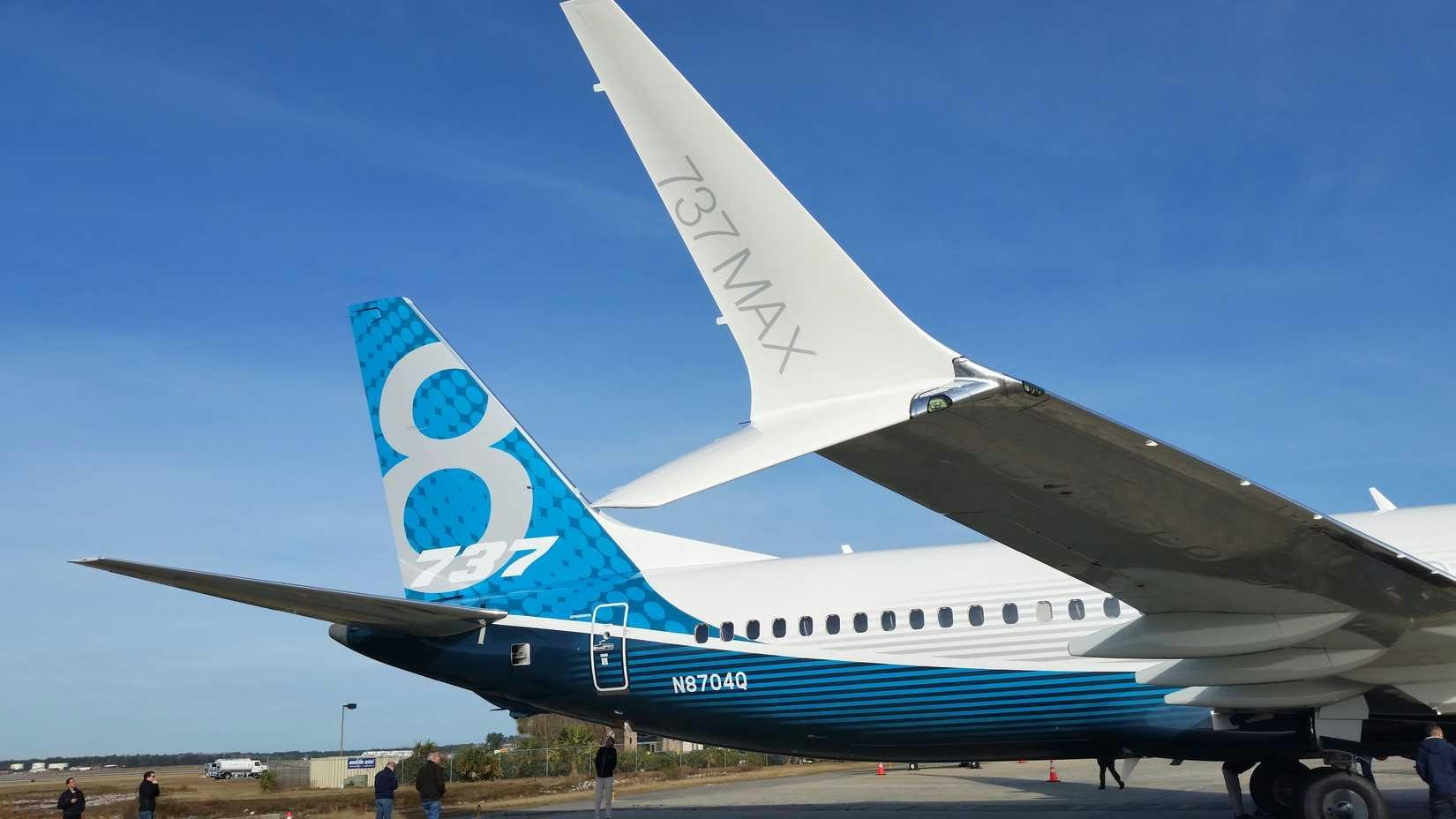
DAE to Lease Ten Boeing 737 MAX 8 Aircraft to AJet Through Turkish Airlines

BOC Aviation to Lease Two Airbus A350-1000 Aircraft to Philippine Airlines
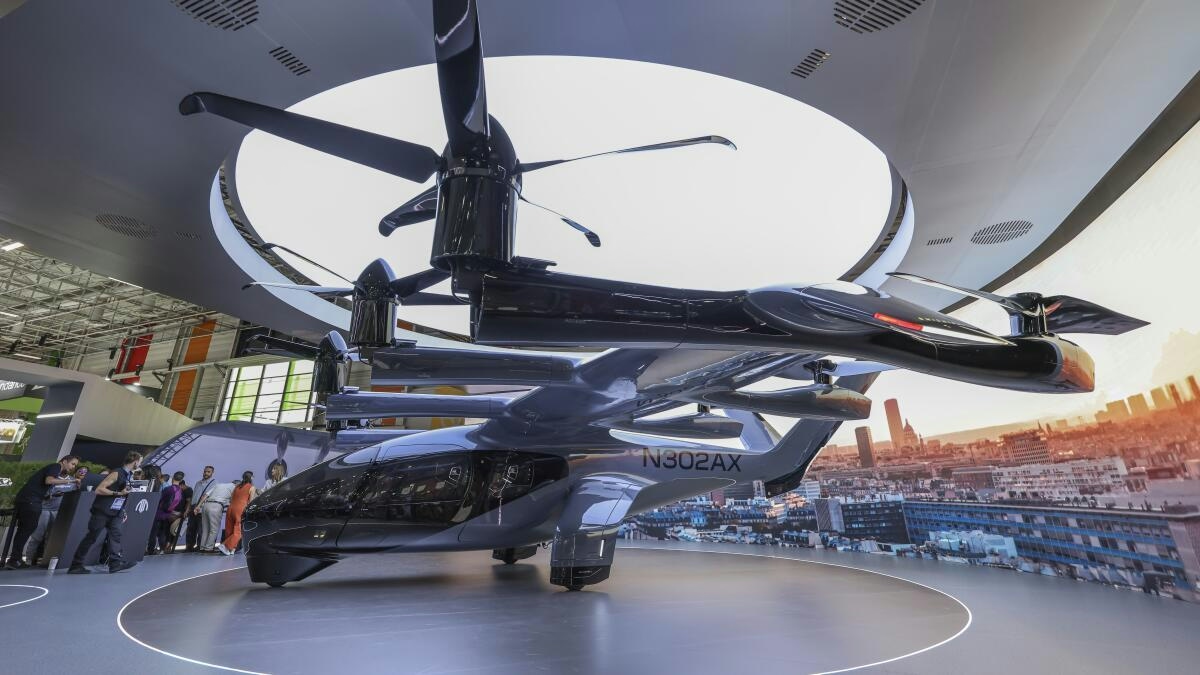
What to know about Midnight, an all-electric air taxi that could change the way we move across South Florida
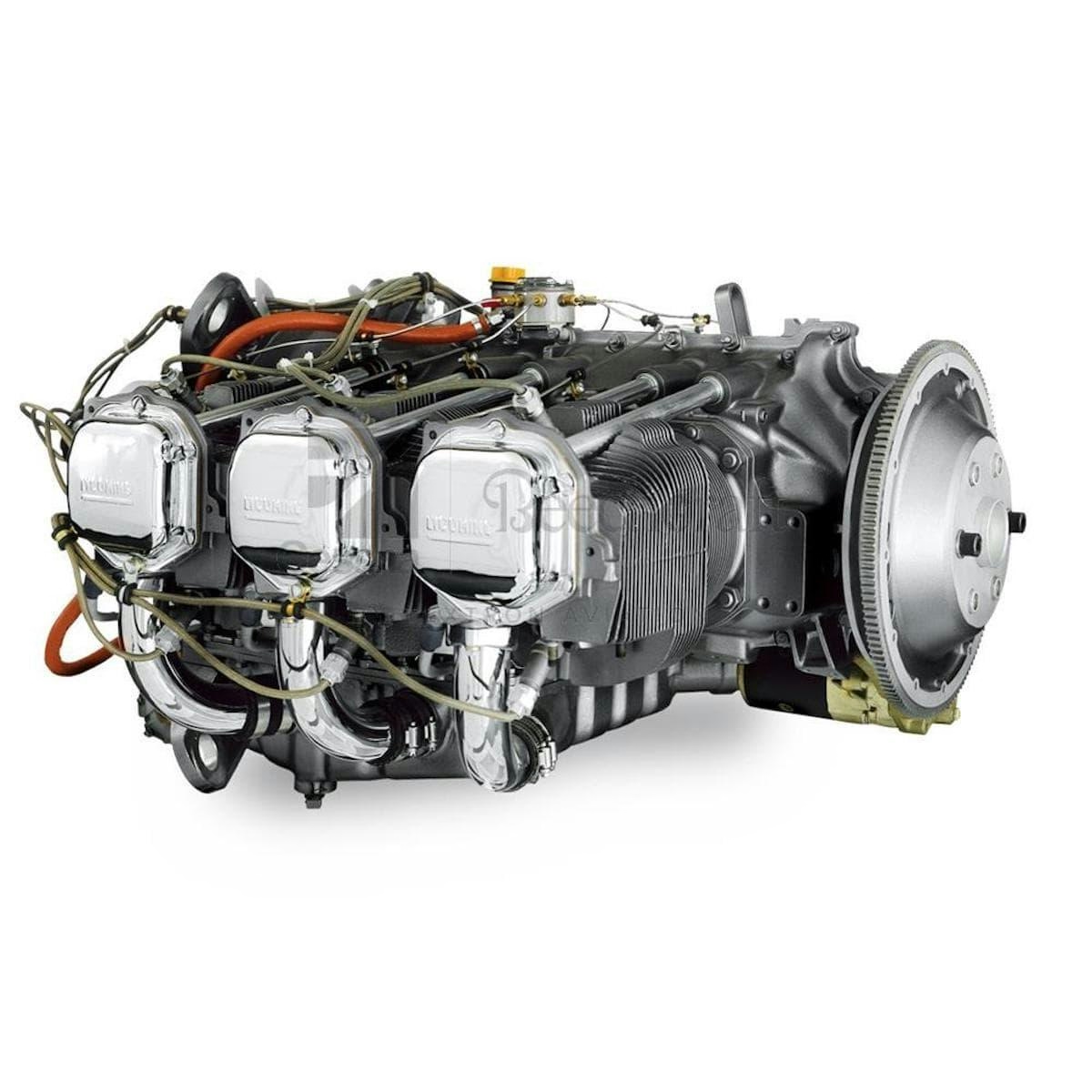
Ask Paul: Consequences of Skipping Due Diligence
